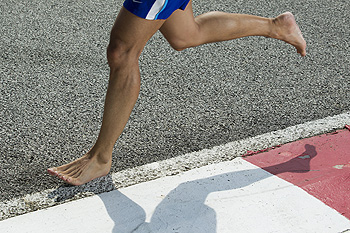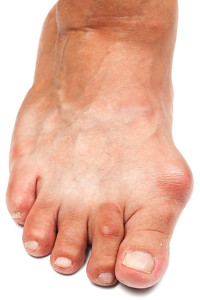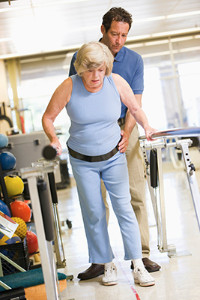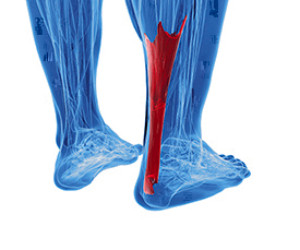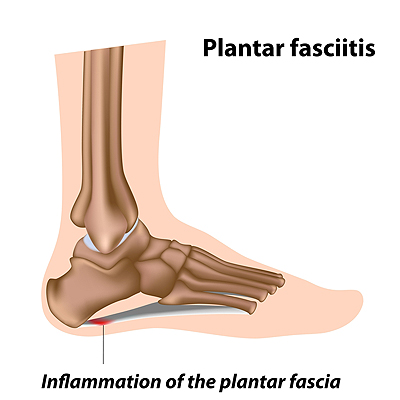 Plantar fasciitis, a condition caused by the tearing and inflammation of the plantar fascia tissue in the bottom of the foot, is a relatively common foot problem. Symptoms are characterized by pain in the heel of the foot. If you are experiencing plantar fasciitis, it may hurt in the morning when you take your first steps. Anti-inflammatory medication may help reduce the pain and inflammation, and rest is a good way to help treat the condition. However, it is recommended to see a podiatrist who can diagnose and provide more thorough care. A podiatrist may offer custom-made orthotics to help provide cushion and support for the foot. A change in footwear can also help as well, as can losing weight if you are overweight. If you stand a lot for your job, it is advised that you take more breaks to help take the pressure off your feet throughout the day.
Plantar fasciitis, a condition caused by the tearing and inflammation of the plantar fascia tissue in the bottom of the foot, is a relatively common foot problem. Symptoms are characterized by pain in the heel of the foot. If you are experiencing plantar fasciitis, it may hurt in the morning when you take your first steps. Anti-inflammatory medication may help reduce the pain and inflammation, and rest is a good way to help treat the condition. However, it is recommended to see a podiatrist who can diagnose and provide more thorough care. A podiatrist may offer custom-made orthotics to help provide cushion and support for the foot. A change in footwear can also help as well, as can losing weight if you are overweight. If you stand a lot for your job, it is advised that you take more breaks to help take the pressure off your feet throughout the day.
Plantar fasciitis can be very painful and inconvenient. If you are experiencing heel pain or symptoms of plantar fasciitis, contact one of our podiatrists from Westside Podiatry Center, LLP. Our doctors can provide the care you need to keep you pain-free and on your feet.
What Is Plantar Fasciitis?
Plantar fasciitis is the inflammation of the thick band of tissue that runs along the bottom of your foot, known as the plantar fascia, and causes mild to severe heel pain.
What Causes Plantar Fasciitis?
- Excessive running
- Non-supportive shoes
- Overpronation
- Repeated stretching and tearing of the plantar fascia
How Can It Be Treated?
- Conservative measures – anti-inflammatories, ice packs, stretching exercises, physical therapy, orthotic devices
- Shockwave therapy – sound waves are sent to the affected area to facilitate healing and are usually used for chronic cases of plantar fasciitis
- Surgery – usually only used as a last resort when all else fails. The plantar fascia can be surgically detached from the heel
While very treatable, plantar fasciitis is definitely not something that should be ignored. Especially in severe cases, speaking to your doctor right away is highly recommended to avoid complications and severe heel pain. Your podiatrist can work with you to provide the appropriate treatment options tailored to your condition.
If you have any questions please feel free to contact one of our offices located in Liverpool, Camillus, Skaneateles, Oswego, and Cicero, NY . We offer the newest diagnostic and treatment technologies for all your foot and ankle needs.
